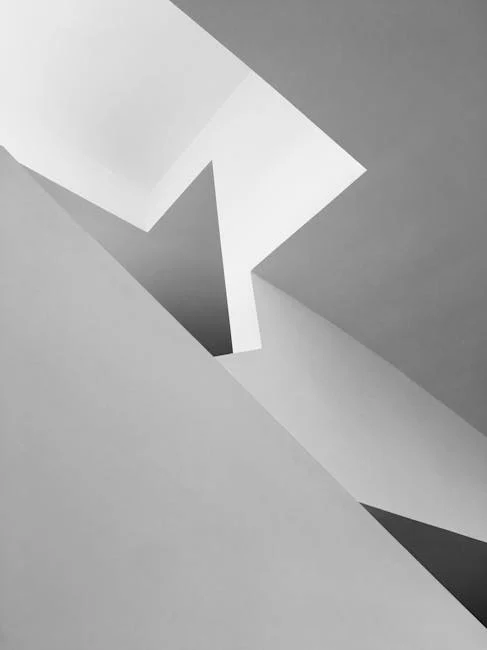The Intersection of Minimalist Philosophy and Modern Interior Design Trends for 2025
Introduction: Finding Serenity in Simplicity: Minimalist Design Trends for 2025
In an increasingly chaotic world, the appeal of minimalist philosophy continues to resonate, particularly in interior design. As we look ahead to 2025, minimalist principles are not just a trend, but a conscious choice for creating serene, functional, and aesthetically pleasing living spaces. This article explores the intersection of minimalist philosophy and upcoming interior design trends, offering insights into how you can cultivate a calmer and more intentional home.
The Core Tenets of Minimalism in Interior Design
Decluttering and Prioritization: More Than Just Tidying Up
Minimalism begins with decluttering. It’s about consciously curating your possessions, keeping only what adds value and joy to your life. In 2025, this goes beyond a simple tidying spree. It involves:
- Intentional Acquisition: Mindfully choosing new items based on need and purpose, not impulse.
- Repurposing and Recycling: Giving existing items new life and reducing waste.
- Digital Decluttering: Extending the minimalist approach to digital spaces for mental clarity.
Functionality and Purpose: Every Element Serves a Role
Minimalist design prioritizes function. Each piece should serve a purpose, eliminating purely decorative items that contribute to visual clutter. Expect to see in 2025:
- Multi-Functional Furniture: Sofas that transform into beds, tables with built-in storage.
- Smart Storage Solutions: Hidden compartments, vertical storage, and integrated shelving.
- Ergonomic Design: Furniture designed for comfort and well-being, promoting good posture and reducing strain.
Embracing Negative Space: The Power of What Isn’t There
Negative space, or empty space, is a key element of minimalist design. It allows the eye to rest, creating a sense of calm and openness. Trends for 2025 will emphasize:
- Strategic Placement: Arranging furniture to maximize the flow of movement and create visual balance.
- Open Floor Plans: Combining living, dining, and kitchen areas for a more spacious feel.
- Minimalist Wall Decor: Opting for a few carefully chosen pieces of art or leaving walls bare to highlight architectural details.
Modern Interior Design Trends Infused with Minimalism for 2025
Biophilic Design and Natural Elements: Connecting with Nature’s Simplicity
Biophilic design principles, which aim to connect us with nature, seamlessly integrate with minimalism. Expect to see:
- Natural Light Maximization: Large windows, skylights, and light-colored walls to reflect sunlight.
- Indoor Plants: Incorporating greenery to purify the air and add a touch of organic texture.
- Natural Materials: Using wood, stone, bamboo, and other sustainable materials in furniture and decor.
Neutral Color Palettes with Subtle Accents: A Foundation for Tranquility
Neutral colors form the foundation of minimalist interiors, creating a sense of calm and serenity. In 2025, expect:
- Warm Neutrals: Creamy whites, soft grays, and earthy beiges to create a welcoming atmosphere.
- Textural Contrast: Adding visual interest through different textures like linen, wool, and concrete.
- Strategic Pops of Color: Using a single bold color in a small area or accessory to draw the eye.
Technology Integration: Seamlessly Blending Functionality and Design
Technology plays an important role in modern life, but in minimalist spaces, it should be integrated seamlessly. Trends include:
- Hidden Technology: Concealing cables, speakers, and other electronic devices.
- Smart Home Automation: Using technology to control lighting, temperature, and security, adding convenience without visual clutter.
- Minimalist Tech Accessories: Choosing sleek, unobtrusive gadgets that blend with the overall design.
Conclusion: Creating a Meaningful and Minimalist Home
The intersection of minimalist philosophy and modern interior design trends offers a powerful approach to creating a home that is both beautiful and functional. By embracing decluttering, prioritizing purpose, and incorporating natural elements, neutral colors, and integrated technology, you can cultivate a serene and intentional living space that reflects your values and promotes well-being. As we move into 2025, minimalism isn’t just a style; it’s a lifestyle choice that prioritizes simplicity, functionality, and a deeper connection to what truly matters.




Post Comment